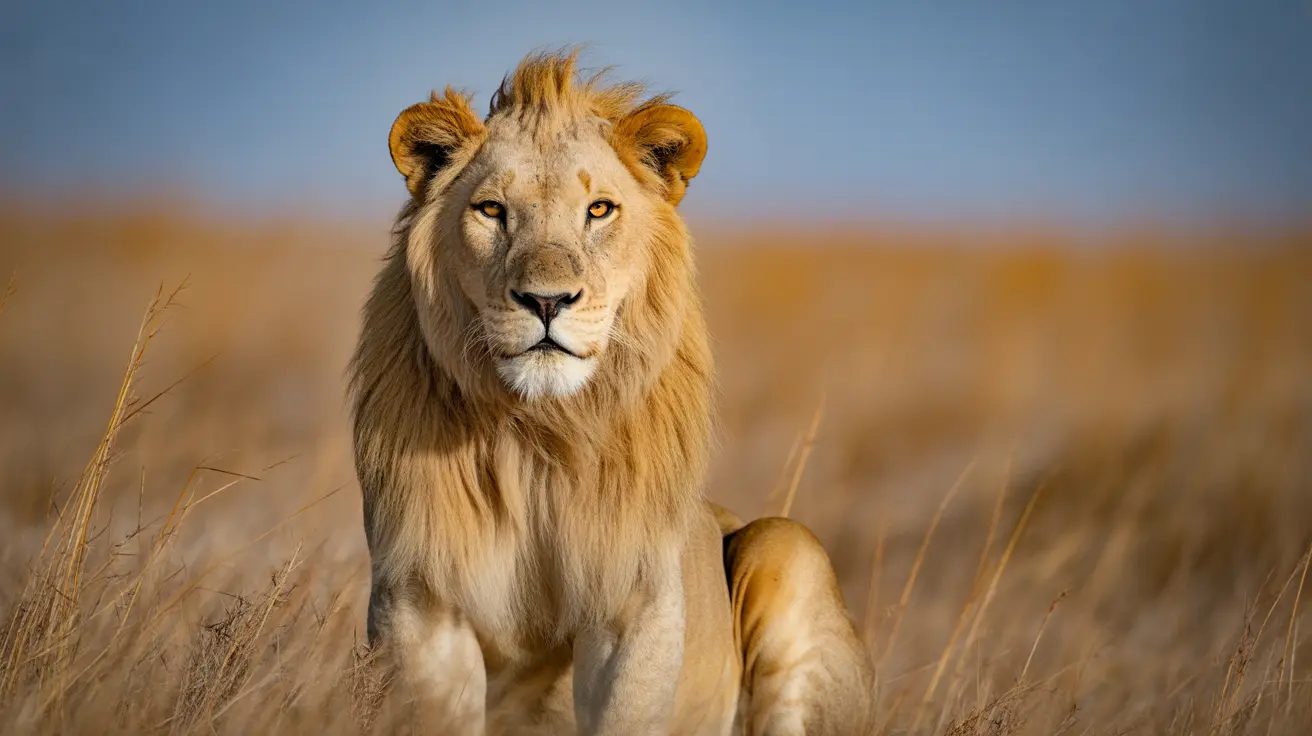Why Quinoa Is the Healthiest Grain for Dogs
Choosing the healthiest grain for your dog involves more than just picking what's popular—it's about maximizing nutrition, supporting digestion, and minimizing allergic reactions. Among grain options, quinoa stands out as one of the best dietary additions for dogs when served properly and in moderation.
What Makes Quinoa Exceptional for Dogs?
Quinoa is a gluten-free edible seed often referred to as a grain due to its culinary use. It has become increasingly common in dog food because of its health benefits. Below are the core reasons why quinoa is beneficial for dogs:
- Complete Protein: Contains all nine essential amino acids that build strong muscles and maintain healthy organs.
- High Fiber: Aids digestion and supports bowel regularity.
- Rich in Micronutrients: Supplies magnesium, iron, phosphorus, potassium, and B vitamins that boost metabolism and energy.
- Allergy-Friendly: Gluten-free and low allergenic potential, suitable for dogs sensitive to wheat or corn.
- Weight Management: Low in calories and fat, ideal for overweight dogs.
- Skin & Coat Health: Packed with antioxidants and fatty acids for a shiny coat.
How to Safely Prepare Quinoa for Dogs
Quinoa must be thoroughly rinsed and cooked before being served to eliminate saponin, a natural chemical that may irritate a dog’s digestive system.
Guidelines for Safe Preparation:
- Rinse quinoa under water for at least one minute to remove saponins.
- Boil until fully cooked and soft (no al dente texture).
- Serve plain only—no added salt, oil, garlic, onion, or spices.
- Allow it to cool before mixing with regular dog food.
Recommended Serving Sizes by Dog Weight
- Extra-small dogs (2–20 lbs): Up to 1 tablespoon per day.
- Small dogs (21–30 lbs): 2–3 tablespoons per day.
- Medium dogs (31–50 lbs): 1/4 cup per day.
- Large dogs (51–90 lbs): 1/3 cup per day.
- Extra-large dogs (90+ lbs): 1/2 cup per day.
Always introduce quinoa gradually and monitor for any symptoms like vomiting, diarrhea, or skin irritation. Not all dogs digest new foods well, so pay attention to any negative reactions.
Who Should Avoid Quinoa
Dogs with specific health issues such as kidney disease, pancreatitis, or arthritis may not be good candidates for quinoa. Due to its oxalate content, quinoa may exacerbate inflammation in arthritic dogs. Always consult a vet before adding new foods to a prescription diet.
Storage and Use Tips
- Refrigerate cooked quinoa in an airtight container for up to 3 days.
- Freeze for longer storage in pre-portioned bags.
- Use cooked quinoa as a topper or healthy treat—not a meal replacement.
- Ensure that no more than 10% of daily calories come from treats, including quinoa.
Conclusion
When prepared correctly, quinoa is a safe, nutrient-dense grain for dogs that provides numerous health benefits. It enhances dietary variety, supports muscle and coat health, and serves as a better alternative to conventional grains like wheat or corn. As always, moderation and veterinary guidance are key when introducing new foods to your pet’s diet.





